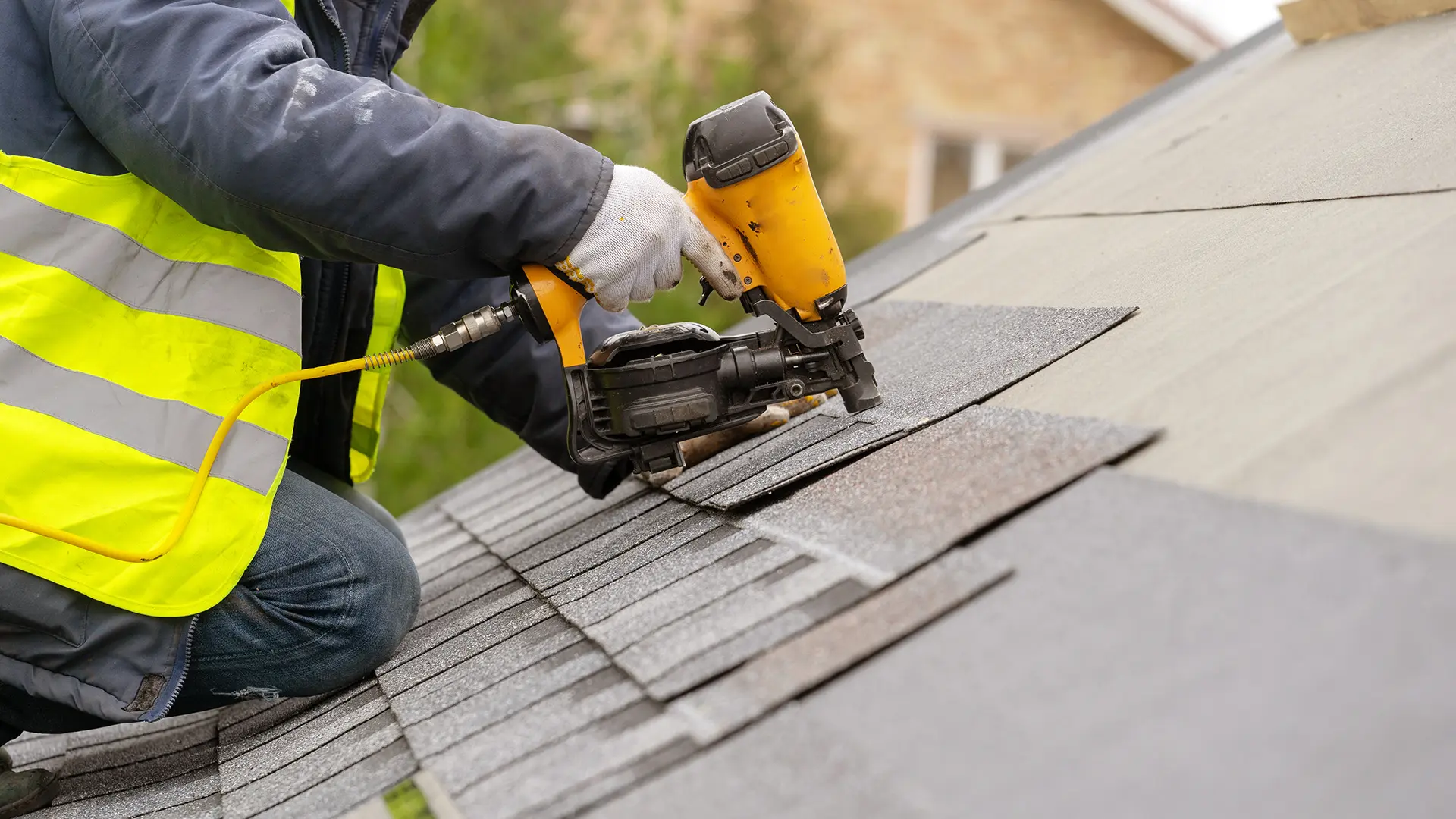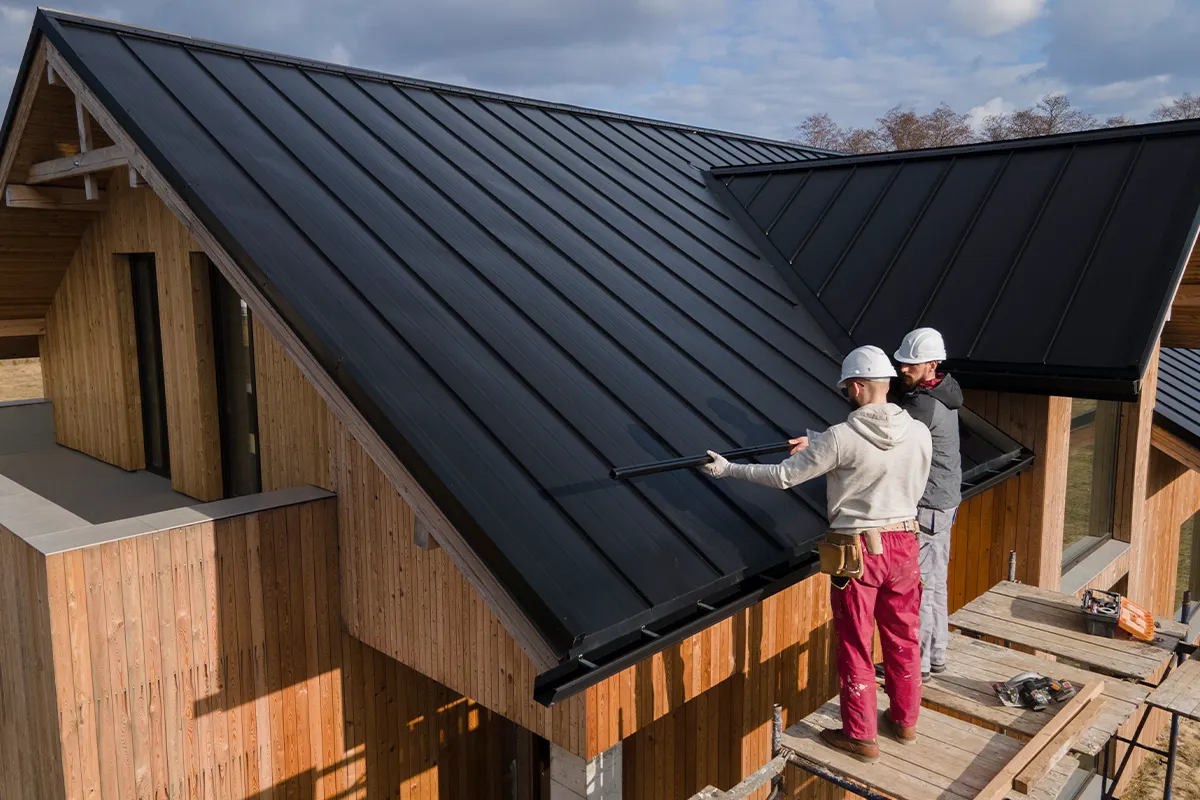Your roof is one of the most essential parts of your home. It shields you from the elements, provides insulation, and adds aesthetic value to your property. Yet, it’s often overlooked until a problem arises. Understanding how to properly maintain your roof and address issues as they appear is vital to prolonging its life and preserving the safety of your home. In this guide, we’ll explore the essentials of roof maintenance, common issues that lead to damage, and best practices for dealing with roof-related concerns efficiently.
Why Roof Maintenance Matters
Homeowners typically focus on what they can see inside the house, but the roof quietly does its job 24/7. It takes the brunt of rain, wind, snow, and UV rays. Over time, even the most durable roofing systems are vulnerable to wear and tear. Regular maintenance doesn’t just extend the life of your roof; it can prevent small issues from developing into major problems.
Well-maintained roofs:
- Protect the interior structure of the home
- Improve energy efficiency by regulating heat transfer
- Prevent mold and mildew by eliminating leaks
- Preserve property value and curb appeal
- Reduce long-term costs by avoiding large-scale replacements
Whether your home is newly built or decades old, consistent inspection and maintenance are key.
Signs Your Roof Needs Attention
Recognizing the early warning signs of roof trouble can save time, stress, and money. Common indicators include:
- Leaks and Water Stains: Water spots on ceilings or walls are clear signs that moisture is entering your home.
- Missing or Damaged Shingles: Shingles protect the underlying structure. Missing, cracked, or curled shingles compromise the roof’s ability to repel water.
- Sagging Areas: A sagging roofline could point to structural issues, including wood rot or weakened support beams.
- Excessive Granules in Gutters: Asphalt shingles shed granules as they age. Accumulated granules in gutters suggest your shingles are deteriorating.
- Growth of Moss or Algae: While not always structurally damaging, moss and algae growth can accelerate wear, especially in moist environments.
Pay attention to these signs and consider scheduling an inspection at the first indication of a problem.
Understanding Roofing Materials
The material of your roof will influence its lifespan, performance, and maintenance needs. Here’s a brief overview of common types:
- Asphalt Shingles: The most popular choice for residential roofs due to affordability and ease of installation. Lifespan: 15–30 years.
- Metal Roofing: Durable and energy-efficient, metal roofs can last 40–70 years. They require minimal maintenance but can be noisy during storms.
- Clay or Concrete Tiles: Known for longevity and fire resistance. These roofs can last over 50 years but may be more prone to cracking under impact.
- Wood Shingles and Shakes: Attractive but require more maintenance to prevent rot, mold, and insect damage. Lifespan: 20–40 years.
- Slate: Highly durable and elegant, slate can last over 100 years. However, it’s one of the most expensive materials.
Each material has different care requirements, and knowing the specific needs of your roof type will guide your maintenance strategy.
Roof Inspection and Maintenance Checklist
A roof inspection should be performed at least once a year—ideally in the spring or fall—and after severe weather events. Here’s a checklist to guide your inspection:
- Check for Visible Damage: Look for missing, curling, or cracked shingles, especially around roof edges and valleys.
- Inspect Flashing: Flashing is the material used around chimneys, vents, and skylights to prevent leaks. Damaged flashing is a common leak source.
- Examine Gutters and Downspouts: Make sure they are securely attached and free of debris to ensure proper water drainage.
- Inspect Attic for Signs of Moisture: Water stains, mildew, or daylight entering through the roof boards are red flags.
- Look for Sagging: If the roof appears uneven, it may signal underlying structural issues.
- Remove Debris: Leaves, branches, and other debris should be cleared to avoid water pooling and moss growth.
A well-maintained roof can outlive its expected lifespan and minimize the need for repairs.
When to Consider Repairs vs. Replacement
Knowing whether to repair or replace your roof depends on several factors including age, extent of damage, and budget.
Opt for Repairs When:
- Damage is minor and localized (e.g., a few missing shingles)
- The roof is relatively new or in otherwise good condition
- Your budget doesn’t allow for a full replacement at the moment
Consider Replacement If:
- The roof is near or beyond its expected lifespan
- There is widespread damage or chronic leaking
- You want to upgrade your home’s energy efficiency and insulation
In either case, it’s crucial to act quickly. Ignoring issues can lead to more severe and expensive damage.
The Roof Repair Process
When you decide to move forward with a roof repair, understanding the steps involved can help you feel more confident in the process.
- Initial Assessment: A professional inspects the damage and determines the scope of the repair work.
- Estimate and Agreement: You receive a detailed written estimate outlining labor, materials, and timeline.
- Preparation and Safety Measures: The work area is secured to ensure safety and prevent debris from damaging your property.
- Repair Execution: Damaged materials are removed and replaced. Flashing, underlayment, and ventilation may also be addressed.
- Clean-Up and Final Inspection: Once the work is completed, a final inspection ensures the repair meets quality standards.
Reputable contractors often provide warranties for their work, giving you peace of mind for the future.
Choosing the Right Professional
Selecting a trustworthy roofing professional is one of the most important decisions you’ll make for your home. Consider the following when making your choice:
- Credentials: Ensure the contractor is licensed, insured, and certified by leading material manufacturers.
- Experience: Look for a history of successful projects and experience with your type of roofing system.
- References: Ask for and follow up with references to gauge customer satisfaction.
- Written Agreements: A transparent contract protects both parties and outlines all project expectations.
- Warranties: Understand what warranties are offered on both labor and materials.
Make sure to vet your contractor thoroughly before committing to any work. High-quality roof repair is a significant investment in your home’s value and safety.
Common Roofing Scams to Avoid
Unfortunately, the industry has seen its share of disreputable players. Be aware of the following red flags:
- Storm Chasers: Contractors who follow storms and offer quick, often poor-quality repairs.
- Large Down Payments: Legitimate contractors usually require a modest deposit but won’t ask for full payment upfront.
- Lack of Credentials: Always verify licenses, insurance, and physical addresses.
- Pressure Tactics: Be wary of high-pressure sales techniques and urgent demands for immediate signing.
Doing your homework can protect you from scams and poor workmanship.
Enhancing Roof Performance and Longevity
You can take steps to improve your roof’s performance and extend its service life:
- Improve Attic Ventilation: Proper airflow prevents moisture buildup and reduces temperature extremes.
- Upgrade Insulation: This supports energy efficiency and keeps your home more comfortable year-round.
- Apply Roof Coatings: Reflective or waterproof coatings can provide added protection against UV rays and water infiltration.
Regular upgrades and preventative measures can help avoid costly interventions down the road.
Future Trends in Roofing
As construction and technology evolve, so too do roofing materials and techniques. Trends to watch for include:
- Eco-Friendly Materials: Recycled and sustainable materials are gaining popularity.
- Solar Integration: Roofs that generate their own energy through built-in solar shingles.
- Smart Monitoring Systems: Sensors that detect leaks, moisture, and temperature changes to alert homeowners before damage occurs.
These innovations can offer both functional and financial benefits over time.
Conclusion
Your roof plays a critical role in maintaining the comfort, safety, and efficiency of your home. Staying proactive with maintenance, understanding material options, and responding quickly to issues can save you thousands in repairs and replacements. When the time comes for professional intervention, invest in high-quality roof repair columbia sc by working with experienced and reputable contractors who prioritize safety and long-term results.
No matter the material or design, every roof benefits from care, attention, and timely service. By focusing on long-term performance and reliable service, you can ensure that your home remains protected from the top down for years to come.



